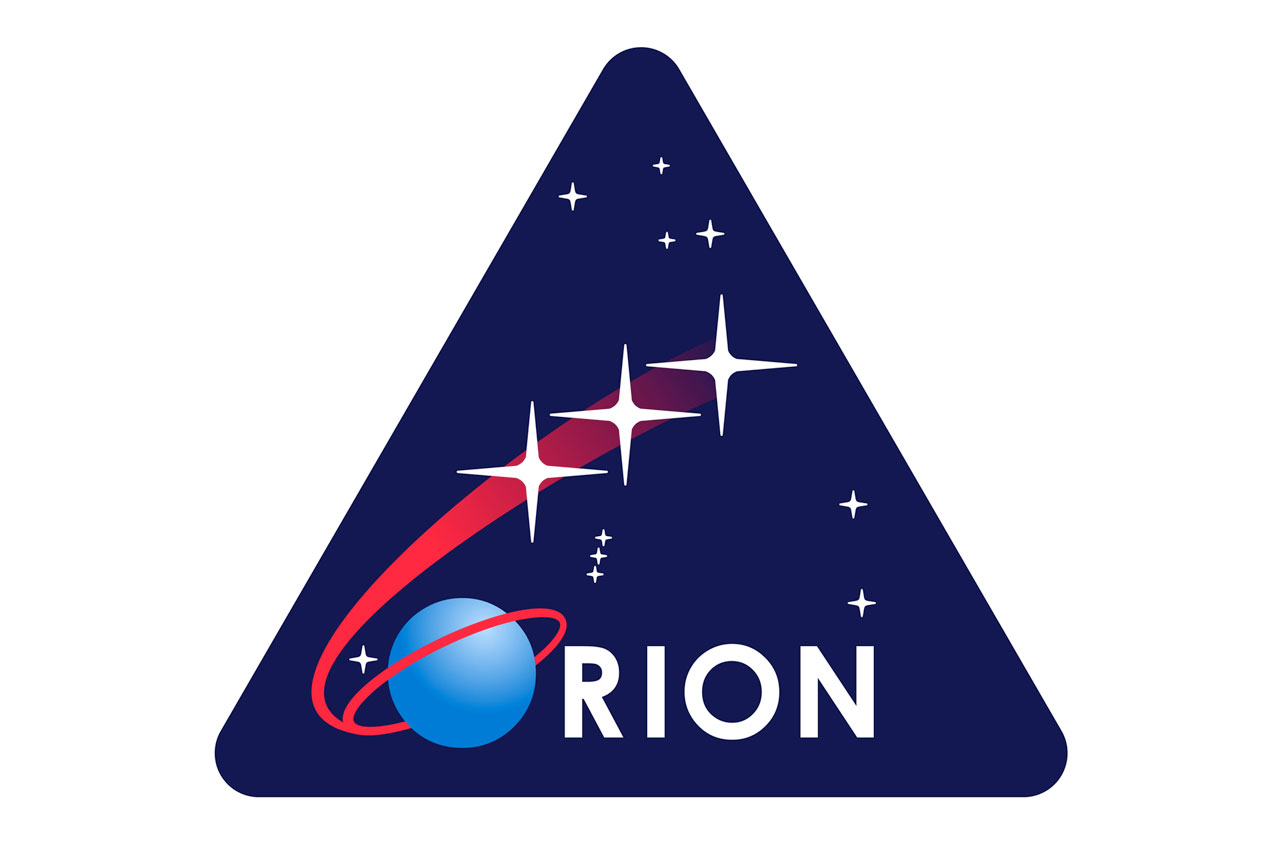One danger of a manned space launch is that there could be a major problem during launch. If this happens, there should be a way for the crew capsule to be jettisoned so that it can return safely to Earth. We have lost astronauts during launch before. There have been a variety of safety systems proposed. Now NASA reveals a launch abort system for the launch of the Orion manned spacecraft.
NASA is currently working on the Orion Multi-Purpose Crew Vehicle (Orion MPCV) which will be delivered to space on top of NASA’s upcoming Space Launch System (SLS). The massive launch vehicle can develop almost ninety million pounds of thrust. If it developed problems during launch, the explosion would be huge. In order to protect the crew from death in such an eventuality, NASA has developed the Launch Abort System (LAS). NASA has scheduled a full stress test of the LAS for April 2019 to speed the development process and to validate computer models.
If there is an emergency on the launch pad or during ascent, the LAS will use a solid-fuel rocket referred to as the abort motor (AM) to separate the Orion crew module from the launch vehicle. The AM will generate a brief but powerful burst of thrust in order to move the capsule and the SLS apart as quickly as possible. Following separation, the capsule will be returned to Earth supported by the deployment of a set of parachutes. Even if the LAS works as designed, it will be an extremely stressful ride for the crew.
For the full stress test, NASA will use a fully functional LAS with an uncrewed Orion test vehicle. The capsule and the LAS will be sent into space aboard an Orbital booster rocket built by ATK. The rocket will be launched from Cape Canaveral Air Force Station in Florida. When the launch vehicle reaches an altitude of thirty-two thousand feet and a velocity of over a thousand miles an hour, the LAS reverse-flow abort motor will trigger, igniting and shoving the Orion test capsule away from the rocket. For this initial test, parachutes will not be used because the primary reason for the test is to check the separation system.
The LAS has two parts. First, there is a fairing assembly that shields the crew capsule from the wind, heat, and sound of the launch. Second, there is what is called a launch abort tower which holds the crew capsule away from the SLS and contains three motors.
The first scheduled launch of the LAS on the SLS won’t happen until December of 2019 at the earliest and could easily be delayed until July of 2020. NASA is currently about a year behind schedule for the development of the LAS and unforeseen events could result in even greater schedule delays. NASA does say that it is still on schedule for the first launch of a crewed flight with the full LAS system in place in 2023.
